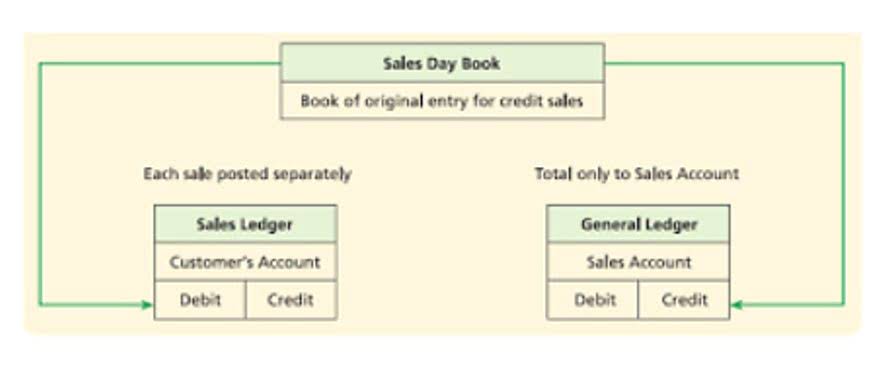
There is actually a very good reason we put dividends in the balance sheet columns. If the debit and credit columns equal each other, it means the expenses equal the revenues. This would happen if a company broke even, meaning the company did not make or lose any money. If there is a difference between the two numbers, that difference is the amount of net income, or net loss, the company has earned. The next step is to record information in the adjusted trial balance columns. For example, Celadon Group misreported revenues over the span of three years and elevated earnings during those years.
AccountingTools
With accurate numbers and a clear format, you can present a snapshot of your company’s financial wisdom, how it balances rewarding shareholders and fuelling its own future. Retained Earnings is the cumulative amount of profits and losses for a business less any dividends paid to owners (sole proprietors, partners, members or shareholders). The retained earnings formula calculates the balance in the retained earnings account at the end of an accounting period. Looking at the income statement columns, we see that all revenueand expense accounts are listed in either the debit or creditcolumn. This is a reminder that the income statement itself doesnot organize information into debits and credits, but we do usethis presentation on a 10-column worksheet.

What exactly is a statement of retained earnings?
These items ensure the statement accurately reflects all factors affecting retained earnings beyond regular operations. Finance leaders use this statement to evaluate how effectively a company manages its profits. It reveals whether management prioritizes reinvestment for growth or Bookkeeping vs. Accounting shareholder distributions through dividends.
Step 2: Calculate the Beginning Retained Earnings
- By using retained earnings as a source of finance, a business can maximize its benefits from mergers and acquisitions.
- For example, the ending retained earnings balance as of December 31, 2025 is $610,000.
- Therefore, using retained earnings in new projects is a great way to maximize returns from projects.
- If the company paid dividends to investors in the current year, then the amount of dividends paid should be deducted from the total obtained from adding the starting retained earnings balance and net income.
- In that role, Ryan co-authored the Student Loan Ranger blog in partnership with U.S.
Therefore, the Statement of Retained Earnings is necessary to determine the movements in retained earnings. The Statement of Retained Earnings is vital for the stakeholders of a business. First of all, the statement is important for the investors of a business. Any potential investors or owners of the business look at the Statement of Retained Earnings to get a summary of the changes in retained earnings. More importantly, they check it to determine how much profits the business is making and how much dividends it pays its owners. For dividend investors, the Statement of Retained Earnings helps give them a summary of the key figures they consider important.

An Example on How to Prepare a Statement of Retained Earnings for Financial Reporting Success
It may indicate that funds are being allocated to the acquisition of more assets, or perhaps sent to investors in the form of dividend payments or stock repurchases. Thus, it can provide a general indication of how management wants to use excess funds. Because RE is calculated to date, they accumulate from how to prepare retained earnings statement one period to the next. This means that in order to calculate RE for the current accounting period, you’ll need to know your ending balance from the prior period. This ending balance is found in the stockholders’ equity section of the balance sheet as of the end of the prior accounting period. Beyond this, retained earnings are also a useful figure for linking the income statement and balance sheet.
The accounting equation is balanced, as shown on the balance sheet, because total assets equal $29,965 as do the total liabilities and stockholders’ equity. An income statement shows the organization’s financial performance for a given period of time. When preparing an income statement, revenues will always come before expenses in the presentation.
This statement provides valuable insight into a company’s financial health and its ability to reinvest profits for growth. In this tutorial, we will walk you through the process of preparing a statement of retained earnings, step by step. A statement of retained earnings, or a retained earnings statement, is a short but crucial financial statement. It’s an overview of changes in the amount of retained earnings during a given accounting period. Broadly, a company’s retained normal balance earnings are the profits left over after paying out dividends to shareholders. A growth-focused company may not pay dividends at all or pay very small amounts because it may prefer to use the retained earnings to finance expansion activities.

By revealing whether a company can grow using its own steam or if it might stumble into financial distress, the statement acts to build or diminish market and shareholder confidence. Within a company, these numbers illustrate management’s prowess in using profits effectively and deciding on dividend distributions. And when it comes to crunch time for fundraising, loans, or investor negotiations, the statement of retained earnings can prove to be an invaluable testament of the company’s ability to pay its own way. The result is your retained earnings balance at the end of the current period, ready to be reported on the balance sheet under shareholders’ equity. Let’s say you’ve decided your financial period is one year, and you’re preparing a statement of retained earnings for the year 20XY. With this formula in mind, let’s run through how to prepare a statement of retained earnings for your business.
What is a Statement of Retained Earnings ?
For example, a temporary reduction in dividends coupled with increasing retained earnings can be positioned as an investment in future growth. This narrative helps align stakeholders around strategic vision and financial goals. Creditors also analyze retained earnings when assessing creditworthiness. Strong retained earnings demonstrate financial stability and repayment capacity.